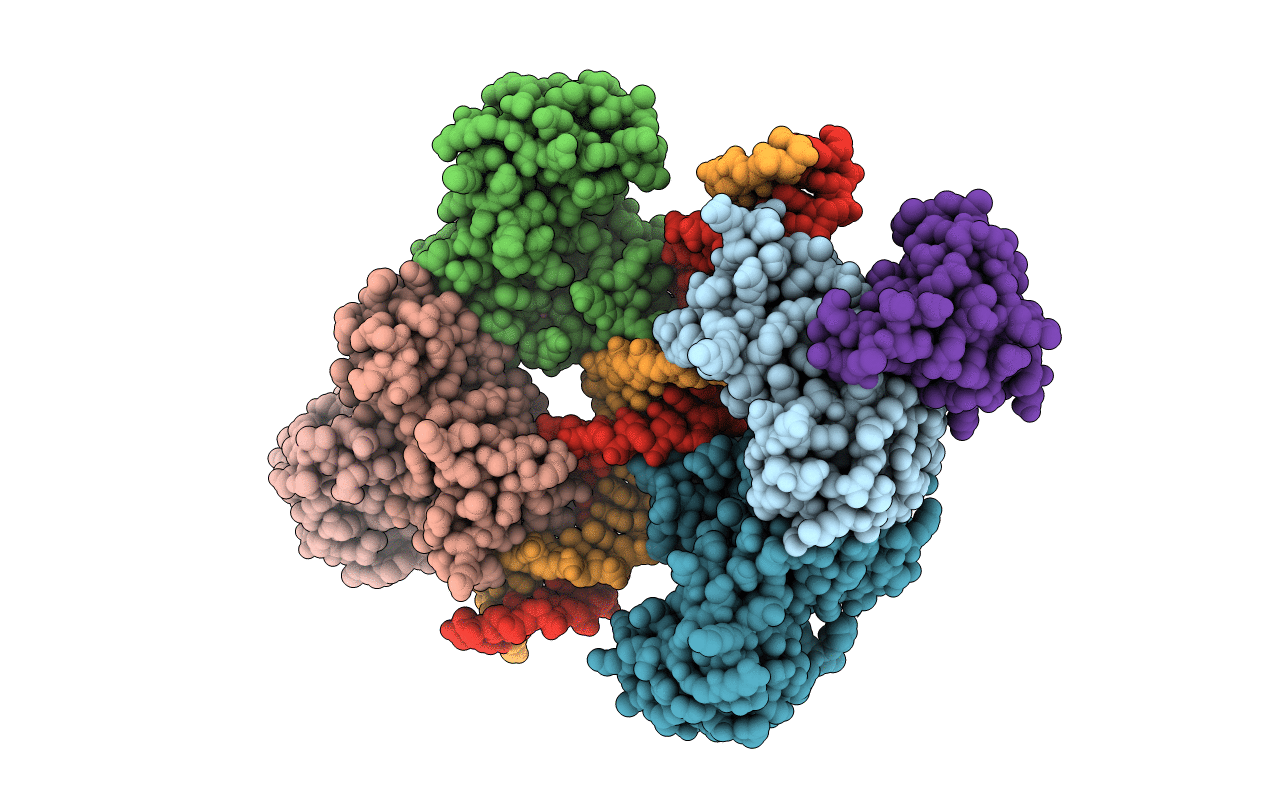
Deposition Date
2020-11-26
Release Date
2021-03-03
Last Version Date
2024-10-23
Entry Detail
PDB ID:
7B23
Keywords:
Title:
DtxR-like iron-dependent regulator IdeR complexed with cobalt and the SACE_2689 promoter DNA-binding sequence
Biological Source:
Source Organism:
Host Organism:
Method Details:
Experimental Method:
Resolution:
2.15 Å
R-Value Free:
0.24
R-Value Work:
0.22
R-Value Observed:
0.22
Space Group:
C 1 2 1


